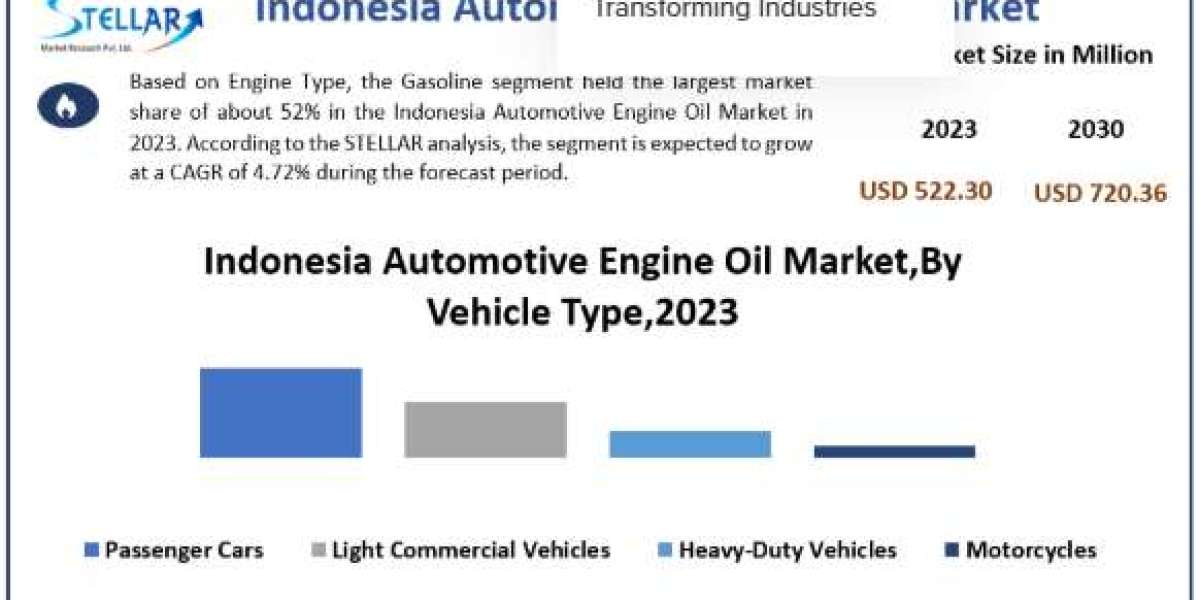1. What Are Repetitive Tasks, and Why Should You Automate Them?
Repetitive tasks are routine activities that require little to no creativity or decision-making. Examples include data entry, invoice processing, email responses, and report generation. While these tasks are essential, they can be time-consuming and prone to human error.
Why Automate?
- Save Time: Automation handles repetitive tasks faster than humans.
- Reduce Errors: Automated systems minimize mistakes caused by manual input.
- Improve Employee Morale: Freeing your team from mundane tasks allows them to focus on more meaningful work.
- Enhance Scalability: Automation makes it easier to handle increased workloads without hiring additional staff.
By automating these tasks, you can focus on growing your business and delivering better results.
2. How Business Process Automation (BPA) Solutions Can Help
Business Process Automation (BPA) solutions are designed to streamline and optimize workflows. These tools use technology to automate complex processes, making them more efficient and error-free. Whether you’re a small business or a large enterprise, BPA solutions can transform the way you operate.
Key Benefits of BPA Solutions:
- Streamlined Workflows: Automate multi-step processes like approvals, notifications, and data transfers.
- Improved Accuracy: Reduce human errors in tasks like data entry and calculations.
- Cost Savings: Cut operational costs by reducing manual labor and inefficiencies.
- Enhanced Compliance: Ensure processes adhere to industry regulations and standards.
Examples of BPA in Action:
- Automating invoice processing to reduce payment delays.
- Using chatbots to handle customer inquiries 24/7.
- Automating employee onboarding to save HR time.
By implementing BPA solutions, you can take your productivity to the next level.
3. Top Tools to Automate Repetitive Tasks
There are countless tools available to help businesses automate repetitive tasks. Here are some of the most popular options:
- Microsoft Power Automate:
This tool allows you to create automated workflows between apps and services. For example, you can automate data entry by connecting Excel to your CRM system. - Zapier:
Zapier connects different apps and automates tasks like transferring data, sending notifications, and updating records. - UiPath:
A leading Robotic Process Automation (RPA) tool, UiPath can automate complex tasks like data extraction and report generation. - HubSpot Workflows:
Ideal for marketing and sales teams, HubSpot automates tasks like email campaigns, lead scoring, and customer follow-ups. - Trello and Asana:
These project management tools offer automation features to streamline task assignments, deadlines, and progress tracking.
Choosing the right tool depends on your business needs and budget. Start by identifying the most time-consuming tasks and explore tools that can address those challenges.
4. Steps to Implement Automation in Your Business
Implementing automation doesn’t have to be overwhelming. Follow these steps to get started:
Step 1: Identify Repetitive Tasks
Make a list of tasks that are repetitive, time-consuming, and prone to errors. Common examples include data entry, report generation, and email management.
Step 2: Choose the Right Tools
Select tools that align with your business goals. For example, if you’re a Microsoft user, Power Automate can seamlessly integrate with your existing software.
Step 3: Map Out Workflows
Define the steps involved in each task and how automation can simplify them. For instance, if you’re automating invoice processing, map out how data will flow from your accounting software to your payment system.
Step 4: Test and Optimize
Start with a pilot project to test the automation process. Gather feedback from your team and make adjustments as needed.
Step 5: Scale Up
Once you’ve successfully automated a few tasks, expand the process to other areas of your business.
5. Real-Life Examples of Automation Success
Many businesses have successfully automated repetitive tasks to boost productivity. Here are a few examples:
Example 1: A Retail Company Automates Inventory Management
By using an automated inventory management system, the company reduced stockouts and improved order fulfillment times.
Example 2: A Marketing Agency Automates Social Media Posting
The agency used a tool like Hootsuite to schedule and publish posts across multiple platforms, saving hours of manual work.
Example 3: A Healthcare Provider Automates Patient Appointment Reminders
The provider implemented an automated system to send reminders via SMS and email, reducing no-shows by 20%.
These examples show how automation can deliver tangible results across industries.
FAQs
1. What is the difference between automation and AI?
Ans: Automation involves using software to perform repetitive tasks, while AI (Artificial Intelligence) enables machines to learn and make decisions. Automation is rule-based, whereas AI can adapt and improve over time.
2. How much does it cost to implement automation?
Ans: The cost varies depending on the tools and complexity of the tasks. Some tools, like Microsoft Power Automate, offer affordable plans for small businesses.
3. Can automation replace human employees?
Ans: No, automation is designed to complement human work, not replace it. It handles repetitive tasks, allowing employees to focus on higher-value activities.
4. What are the risks of automation?
Ans: Potential risks include over-reliance on technology, data security concerns, and the need for employee training. These can be mitigated with proper planning and implementation.
5. How do I choose the right automation tool for my business?
Ans: Consider factors like your business size, budget, and specific needs. Look for tools that integrate well with your existing software and offer scalability.
Conclusion
Automating repetitive tasks is no longer a luxury—it’s a necessity for businesses that want to stay competitive. By leveraging Business Process Automation (BPA) solutions, you can save time, reduce errors, and boost productivity. Whether you’re a small business or a large enterprise, tools like Microsoft Power Automate can help you streamline workflows and achieve your goals.
If you’re looking for expert guidance, consider partnering with a Microsoft Solutions Partner in USA. These professionals can help you implement the right automation strategies and tools tailored to your business needs. Start your automation journey today and unlock the full potential of your team!



